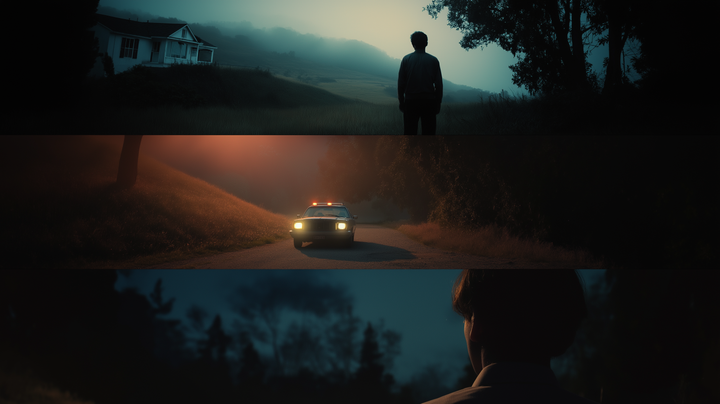We beg to differ all the time. Your brand, we say, is so much deeper than the logo that marks all of your products, websites, and business assets.
But in the beginning, that’s really all it was.
When the term "brand" was coined, it referenced an iron marker heated to red-hot temperatures to mark the ass of a cow to indicate ownership. It wasn’t a feeling or a value. It wasn’t pillars. It certainly wasn’t the equity of aligning every business decision with a cohesive strategy that resonates deeply with a target audience.
It was just a burn mark.
The problem with “brand” is that the concept has been stretched so far that it doesn’t really have a clear meaning anymore. It's no longer a cool font and a swoosh. We've added countless abstract ideas into the category and brand-splained it until we were walking LinkedIn posts. That problem has led us marketers to make a bunch of stuff up, leaving those things that really matter to the side.
I'm no innocent bystander here. I've stretched the use of these words in my day as well.
It’s because much of what we put in that brand bucket isn’t actually "real." When it comes to building a (clears throat) brand, we need to focus on what matters most. Those things that are real, tangible, and measurable.
A glass of water is real. Dehydration is real.
Thirst is not real. Of course, thirst is a real experience, but it is abstract and immeasurable — because the definition of thirst has been stretched to mean “facing death due to the pangs of dehydration” all the way to “wanting a Coke.” Thirst is a feeling that we all interpret based on our own experience. Sure, the feeling is "real" for the individual, but that feeling is only a way to self-rationalize something else – extreme dehydration or the desire for a Coke.
When we communicate, and for the purposes of this conversation, when we "brand," we deal with three types of concepts:
- Things that are real and tangible
- Things that are intangible but measurable
- Things that are abstract and immeasurable
A glass of water doesn’t have brand equity that resonates with a target audience of thirst between the ages of 25-55. But in our lived reality, it can meet a need. It can be consumed, and it can hydrate. It can quench. But thirsting and quenching are just ideas associated with dehydration and hydration, not to mention many subjective ideas.
When we consider the things we think are our "brand," we need to think about what is real and tangible first.
- Places.
- People.
- Products.
We can bring our logo and our company experiences to real places, create connections with real people, and present them with real products. This is what we call product-market fit.
After we determine what the best places are, where the right people are, and how our products fit those people, then we can start thinking about what we want the things that carry our logo to do. We can start thinking about some things that are intangible but still measurable. In branding, these are the things we want to develop at varying levels of priority.
- Reach.
- Relationships.
- Revenue.
This is what our goals are built on. What we want our logo and brand work to do. How far do we want it to reach? When do we turn that reach into relationships? How do we turn those relationships into revenue? Each change happens at different stages of the funnel, so they are, in general, different tasks that require different types of messages or uses of our logo. This is what we call marketing strategy.
After we've determined what our brand needs to build, then we can start to contemplate those things that are abstract and immeasurable. These are the feelings we wish to convey. They are the abstract ideas that stitch those real-life concepts together in our minds.
- Notions.
- Narratives.
- Needs.
To put it simply, our product has a literal use for real-life purposes, like a knife. We all know what a knife is for in general. But there are many types of knives and they are used by different people and for different purposes. The notions, narratives, and needs are the things that help us to understand and differentiate between a kitchen knife and a hunting knife. This tells us which people use which product, in what places, and for what purpose. This is what we call brand positioning.
All of these elements are "your brand" if you want them to be, but if you're going to think about your brand, make sure you are grounding your ideas in foundations that are real. Then, the abstract ideas can be used to give some shape and color to your plans.
Whatever you call a "brand," it’s crucial that it’s based on a true story. And it's really helpful if we all know what we're talking about.


